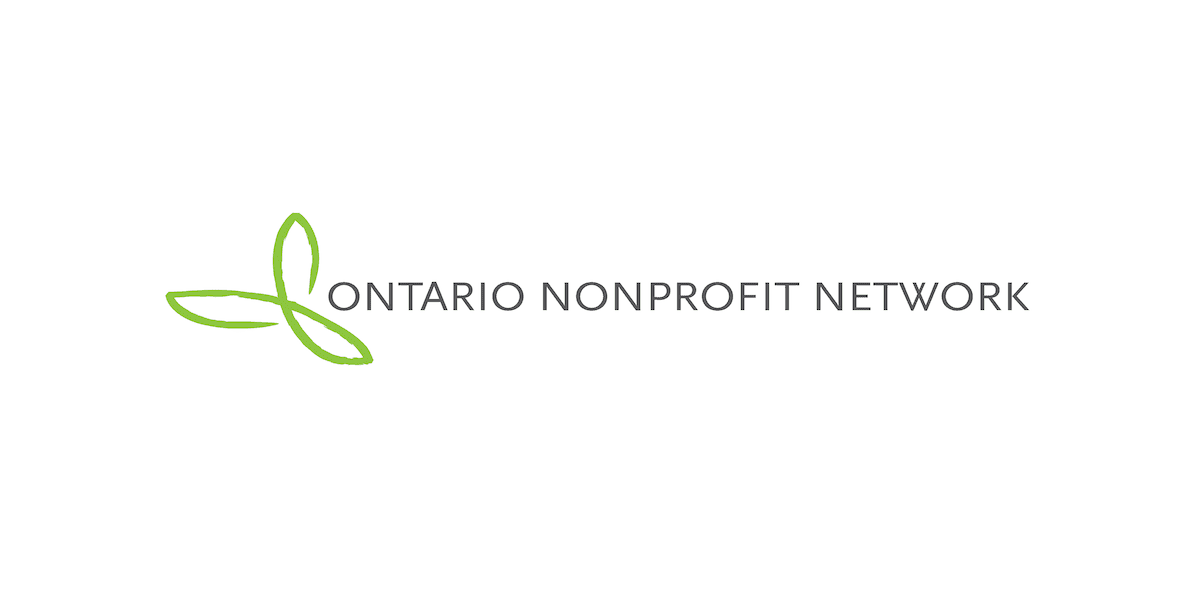Dear nonprofits: Dream big and grow your operating reserves
Nonprofits who are under-resourced, either due to stagnant government funding or a drop in charitable donations, may be interested in exploring alternative revenue sources. If your organization is exploring a social enterprise, one of the first questions you’ve probably wondered about is, “Can we as nonprofits intentionally earn a surplus?”
It is widely agreed that the Canada Revenue Agency’s (CRA) restrictions on nonprofits being able to earn surpluses are outdated and out of step with the realities of the sector. Nevertheless, as I pointed out in a recent blog on community wealth building, even the current restrictive view leaves enormous untapped room for nonprofits to engage in a social enterprise and earn surpluses. The key is that these surpluses must be justified by a reasonable reserve. What counts as reasonable, however, depends in part on the scope and scale of your nonprofit’s ambition and imagination.
Nonprofits can earn a surplus if it goes to a reasonable reserve
The CRA has repeatedly said that nonprofits are entitled to budget for a “reasonable reserve”. Exactly how much is reasonable? Surprise, surprise, the answer is “it depends”. According to CRA’s (admittedly, now archived*) guidance for nonprofit organizations:
The amount of accumulated excess income considered reasonable in relation to the needs of an association to carry on its non-profit activities and goals is a question of fact to be determined with regard to the association’s particular circumstances, including such things as future anticipated expenditures and the amount and pattern of receipts from various sources (e.g., fundraising, membership fees, training course fees). For example, it is conceivable that there would be situations where an accumulation equal to one year’s reasonably anticipated expenditures on its non-profit activities may not be considered excessive, while in another situation, an accumulation equal to the reasonably anticipated expenditures for a much shorter period would be considered more than adequate.
The words I want to call your attention to are “future anticipated expenses”.
Nonprofits are entitled to plan for more than just a 3-6 month operating reserve. If a nonprofit dreams big through planning a significant capital expansion and investment (see here for an example), then what is considered a reasonable reserve will grow accordingly. This dream also has to be documented in an appropriate reserves policy so CRA understands the rationale for the amount of surplus accumulation and its connection to nonprofit purposes (e.g. if you’re saving up to buy a building, how did you estimate the cost of the building?).
But the bottom line is most nonprofits are nowhere near the upper limit of a reasonable reserve justified by future anticipated expenses.
Some examples:
- Nonprofit A has an annual income of $100,000. More recently, they have been thinking about improving their childcare programming through significant upgrades to their outdoor equipment. To do this, they will need to save $50,000 on top of their operating reserves.
- Nonprofit B is a multiservice provider with an annual income of $1,000,000. They have been renting in their area for decades and recently the rents have rapidly risen. They have determined that for the sake of long-term security, they will need to buy the building they are in. This will require them to raise at least $500,000 above their operating reserves.
In the examples above, both nonprofits A and B could considerably grow their reserves without necessarily running afoul of the CRA’s policies. The key in both cases is that Nonprofit A and B have a clearly documented, and reasonable spending objective for the reserves they are accumulating.
Low reserves in the sector mean there’s a lot of room to grow
Ontario Nonprofit Network’s 2022 Sector Survey found that 21 per cent of nonprofits had no reserves. Most nonprofits have reserves somewhere in the 3-6 months range. If organizations across the sector planned big and developed reserves policies that maximized anticipated expenses, with an average reserve equal to 12 months of operating expenses, it would likely mean that total reserves in the sector could be two to four times as much as they are now without running afoul of even the current restrictive CRA policies.
So exactly how much room for growth does that mean? Ontario’s community-based nonprofit sector alone creates $12.9 billion in economic activity each year. While it’s difficult to estimate what proportion of this number are nonprofits versus charities, and what proportion of that economic activity are operating expenses, it’s clear that a doubling to a quadrupling of reserves could mean that nonprofits in Ontario could earn billions of dollars more through social enterprise without necessarily having to worry they’ll be taxed like a business.
Next steps: Document your big dreams
It’s time for nonprofits to be bold. There is enormous room to grow even within existing outdated laws. Even if nonprofits do not yet know how they can engage in community wealth building activities, it is still valuable for nonprofits to have realistic but ambitious conversations about how much money they would truly need to acquire/financial capital is necessary to achieve their missions. You can document this in a capital reserves policy and be assured that if CRA ever does come knocking, you’ll have more than an explanation of your surpluses to share with them, you’ll have a vision.
Check out examples and guides for reserves policies and planning at OrgHelpTO.
For those nonprofits that are ready to start looking at social enterprise, there are resources across Ontario to help, for example:
*Note: though this bulletin is archived, there is no recent communication that suggests the CRA has changed its view on this point.






